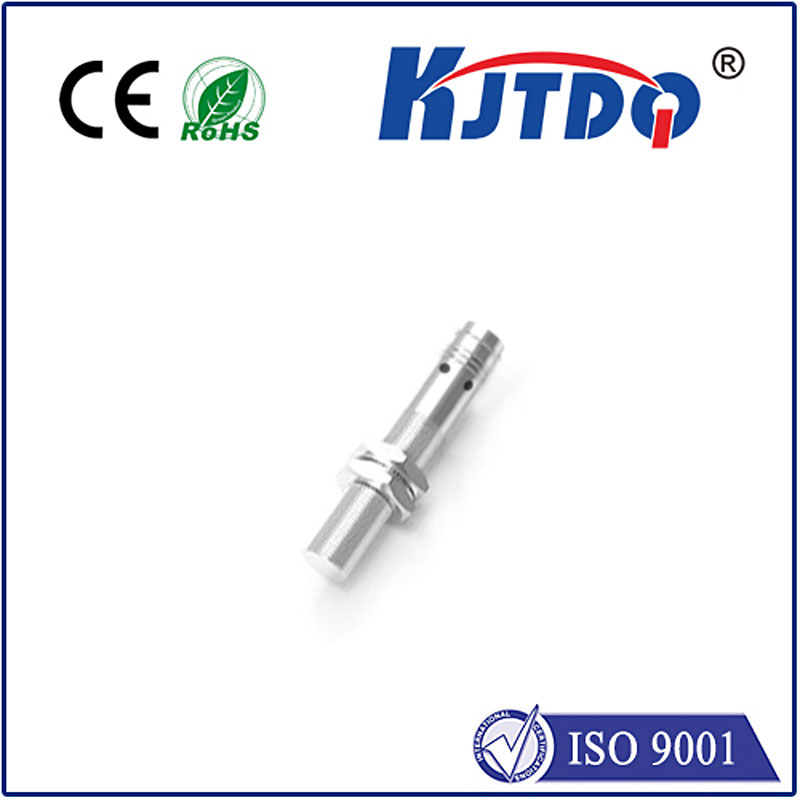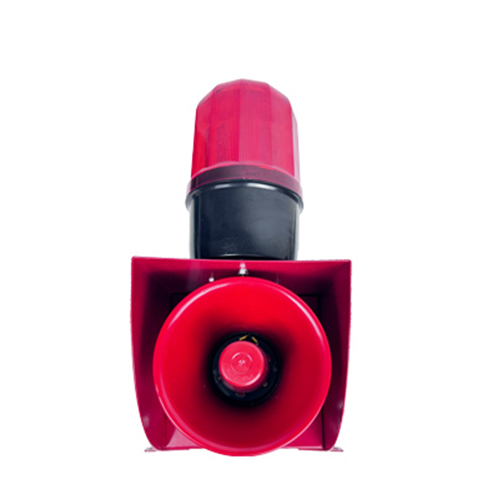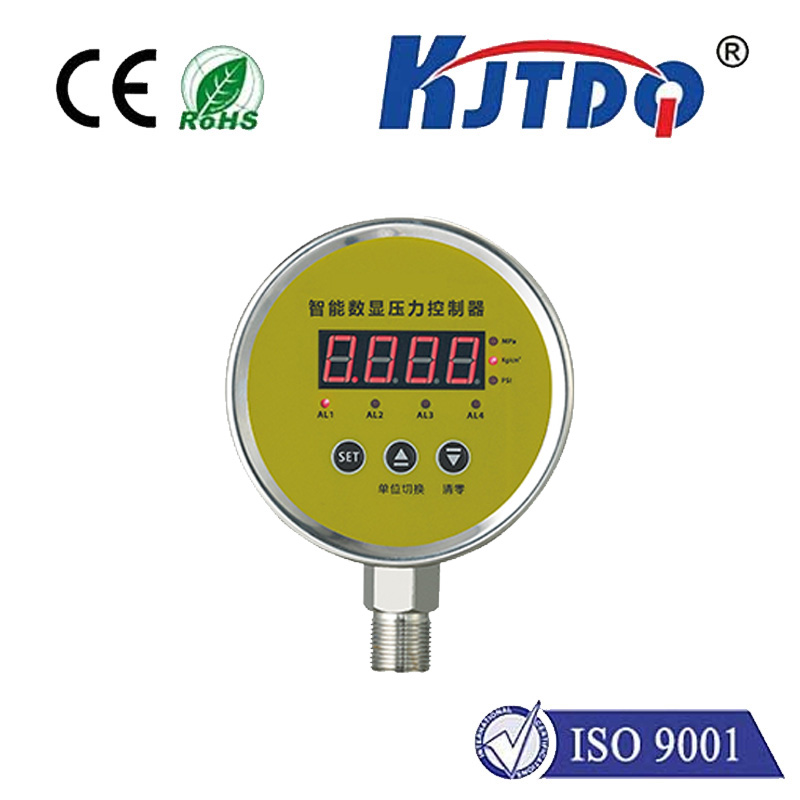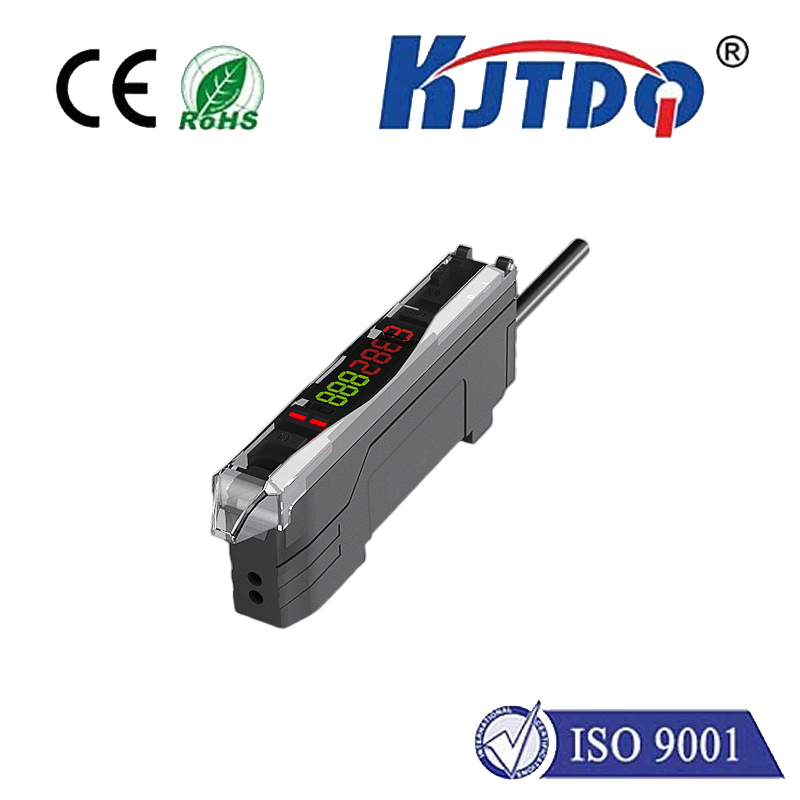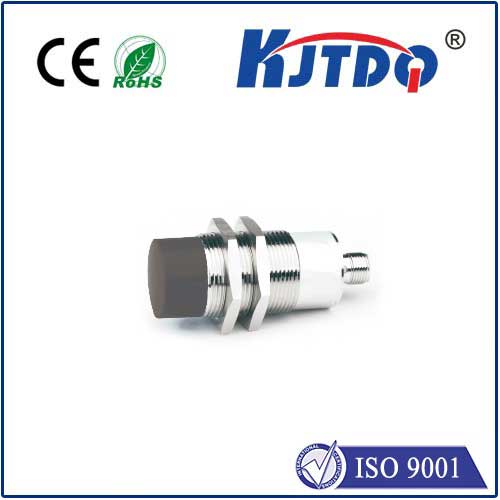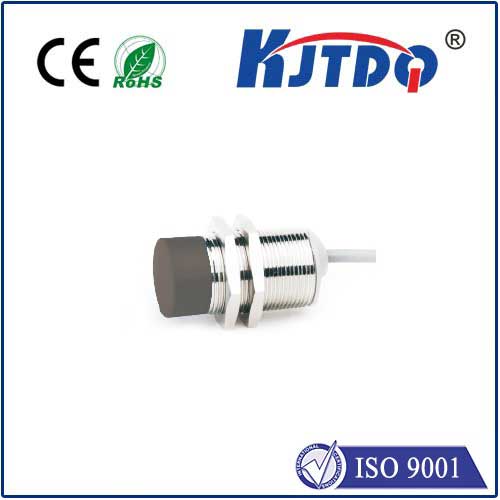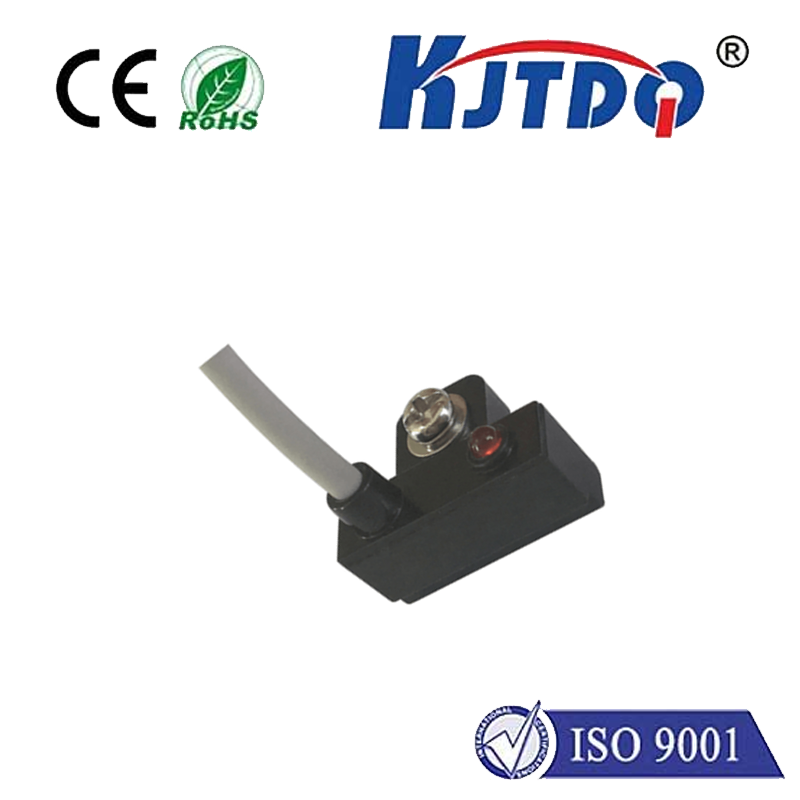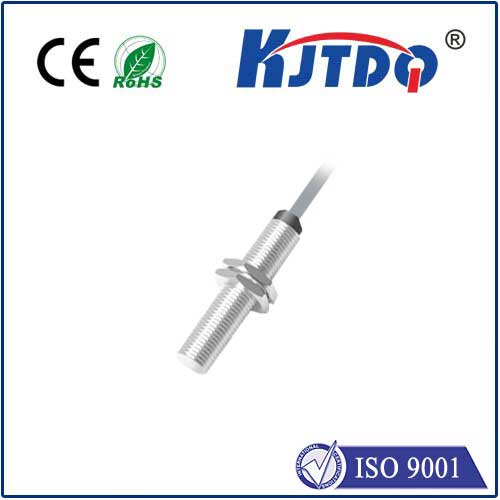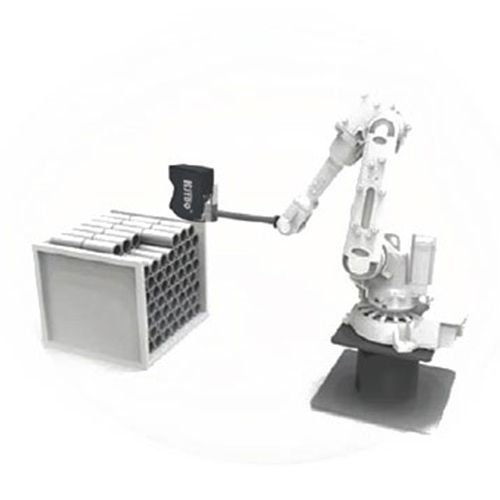types of capacitive proximity sensor
- time:2024-10-15 03:52:49
- Click:0

Types of Capacitive Proximity Sensor: A Comprehensive Guide”
Capacitive proximity sensors are devices that detect the presence of an object without making physical contact. They work on the principle of capacitance, which is the ability of a system to store an electric charge. There are several types of capacitive proximity sensors available in the market, each with its own unique features and specifications. In this article, we will explore the different types of capacitive proximity sensors and their applications.
- Standard Capacitive Proximity Sensors
Standard capacitive proximity sensors are the most common type of capacitive sensors. They consist of a single electrode that is exposed to the environment. When an object approaches the electrode, it changes the capacitance between the electrode and the ground. This change in capacitance is detected by the sensor and used to determine the distance between the object and the electrode. Standard capacitive proximity sensors are commonly used in industrial automation applications such as material handling, packaging, and quality control.
- Differential Capacitive Proximity Sensors
Differential capacitive proximity sensors have two electrodes that are exposed to the environment. The two electrodes are connected in parallel, and the capacitance between them is measured. When an object approaches one of the electrodes, it changes the capacitance between that electrode and the other electrode. This change in capacitance is detected by the sensor and used to determine the distance between the object and the electrodes. Differential capacitive proximity sensors are more accurate than standard capacitive proximity sensors and are commonly used in precision applications such as medical diagnostics and scientific research.
- Tunable Capacitive Proximity Sensors
Tunable capacitive proximity sensors allow users to adjust the sensitivity of the sensor by changing the capacitance between the electrodes. This is achieved by connecting a variable capacitor in series with the electrodes. By adjusting the capacitance of the variable capacitor, users can fine-tune the sensitivity of the sensor to match their specific application requirements. Tunable capacitive proximity sensors are commonly used in security systems, automotive applications, and industrial automation.
- Self-Calibrating Capacitive Proximity Sensors
Self-calibrating capacitive proximity sensors automatically adjust their sensitivity based on the environmental conditions. They use advanced algorithms and machine learning techniques to learn from their surroundings and adapt their behavior accordingly. These sensors are ideal for applications where environmental conditions can vary significantly, such as outdoor monitoring and environmental sensing.
In conclusion, capacitive proximity sensors are versatile devices that can be used in a wide range of applications. By understanding the different types of capacitive proximity sensors available, users can select the most appropriate sensor for their specific needs and optimize their performance.












